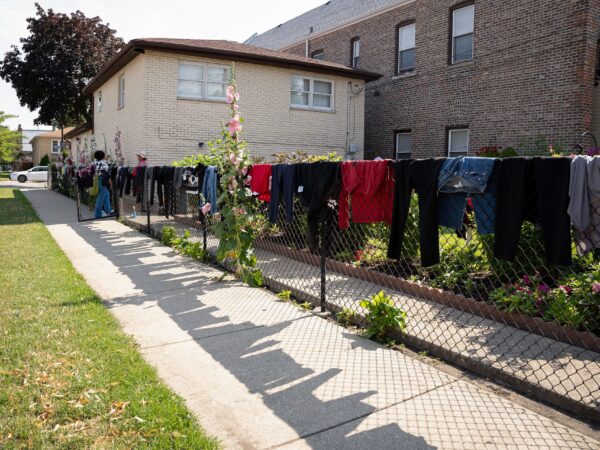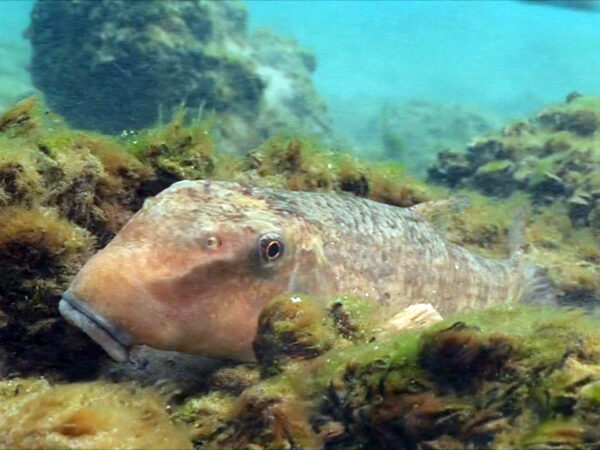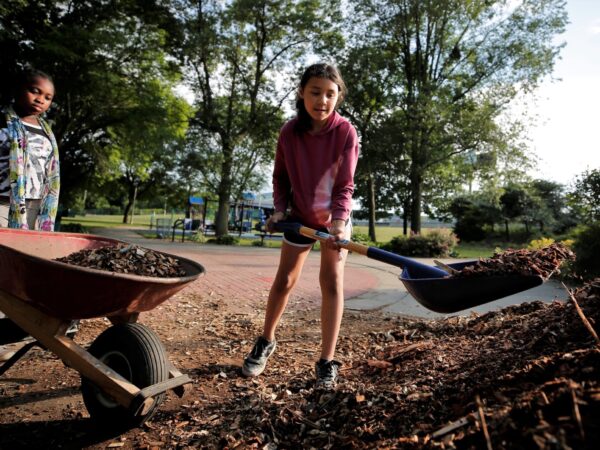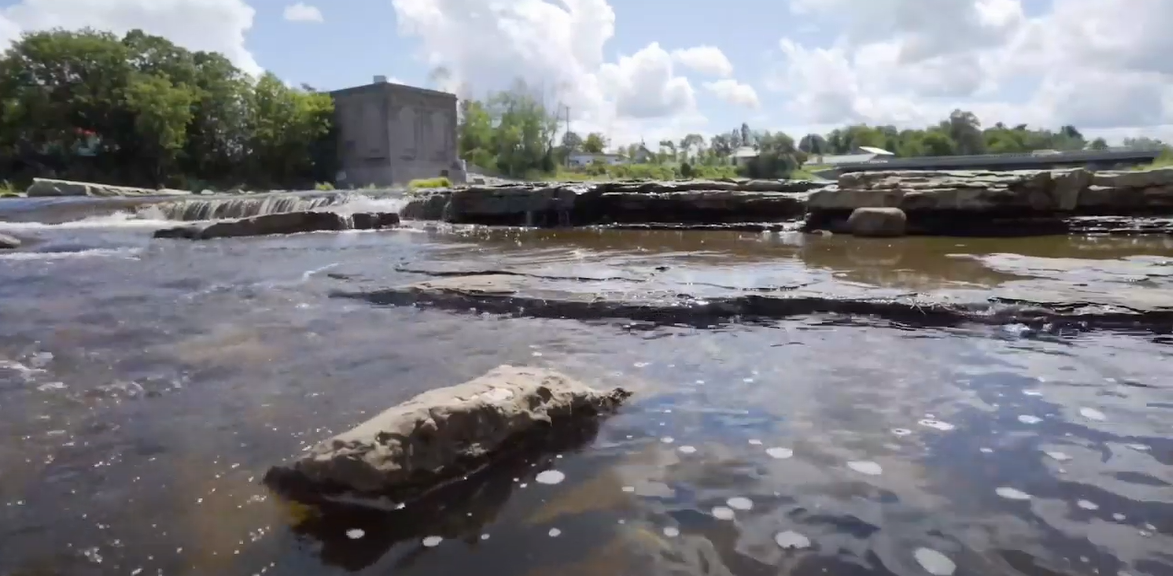
This article is published in conjunction with PBS’s “The Age of Nature” series which begins airing on Oct. 14.
Join Great Lakes Now‘s “Watch Party: Damming Decisions – A discussion about dam removals and what they mean for the environment” on Facebook on Monday, Oct. 19, at 7 p.m. EST. The author of this story along with two scientists will be participating in a Q&A where you can ask questions. Click HERE for more information. Catch the full watch party on Great Lakes Now’s YouTube channel HERE.
Across the Great Lakes region, there’s a been an effort to restore rivers to their natural states by removing aging dams.
In her Great Lakes Now article “Dams Across the Great Lakes: End of the line for aging infrastructure?,” writer Lorraine Boissoneault explored some of the sites and issues.
She spoke with Tony David, director of the St. Regis Mohawk Tribe’s environment division, who helped orchestrate the removal of the dam in Hogansburg, New York.
WATCH their conversation:
API key not valid. Please pass a valid API key.Here is the transcript:
Lorraine Boissoneault: Tell me a little bit about the dam removal process and how long it took for that to happen.
Tony David: It was about a seven-year process. It started when the operating dam was up for relicensing with the federal energy regulatory commission.
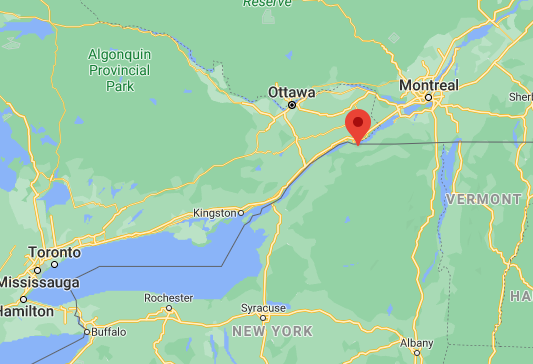
One of the things we learned during the relicensing process of the dam was the single turbine within the powerhouse was damaged so that facility would need a significant overhaul. We’re talking about millions of dollars of improvements just to get the dam fully operational again. But also there were improvements for environmental considerations such as fish passage.
It looked like just to get another operating license from the federal government it would require millions of dollars in improvements for the facility. The cost of removing the dam was only $1.5 million So clearly it was both a win-win for economic reasons and for environmental reasons.
LB: So that was in 2016 that the dam that fully decommissioned and came out and the river was flowing naturally, correct?
TD: We started physical removal in July and we wrapped up by the first week of December.

(Photo courtesy of the St. Regis Mohawk Tribe)
LB: In the four years since then, what have been the changes that you’ve seen in the river?
TD: It’s been great to see the natural flow regime restored to the river. Ultimately the goal was to improve the river habitat quality and also to reconnect the downstream St. Lawrence River with the St. Regis River and ultimately we restored over 500 river and stream miles and habitat.
We’ve monitored fish movements. We’ve been able to detect fish like walleye — which is not a really strong swimmer – but walleye have been able to move miles upstream where there is incredibly good quality, viable habitat for them to spawn on. So those improvements, we’re just now starting to put together some of the scientific information that documents that.
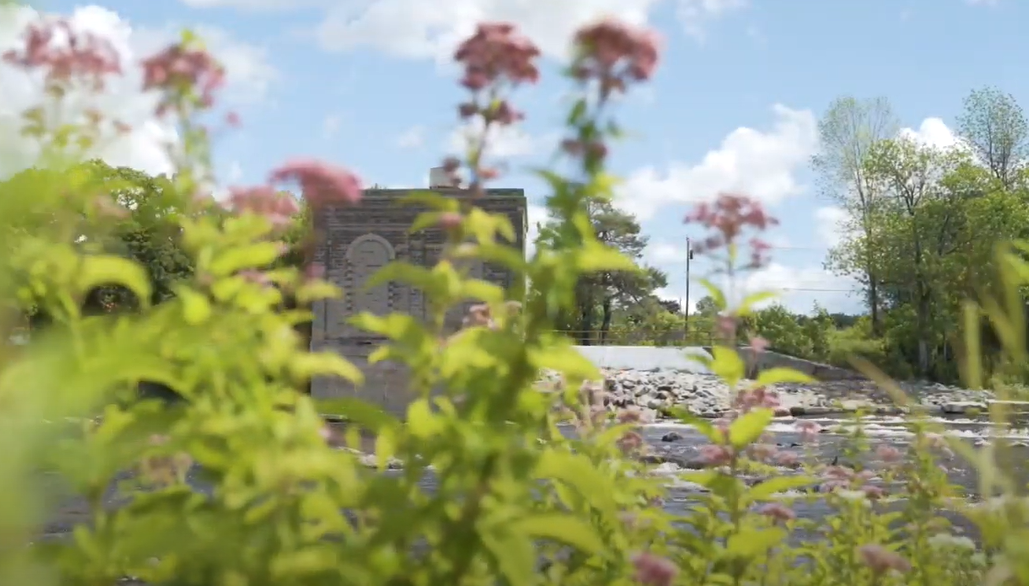
(Photo by David Ruck, Great Lakes Outreach Media)
Dam removal in the Pacific Northwest is covered in the PBS documentary series “The Age of Nature.” For more information about that series, click HERE.
LB: Since the dam has been come down, what has been the community response to it? Has it been mostly positive? Have there been any other concerns about flooding or how the watershed might be changed?
TD: Overall the response from the community has been immensely positive. We’ve restored some of the nature beauty of the St. Regis River. There’s now a beautiful riffle and cascade in a spot where it was really just a forgotten industrial site. Now people go there and they can enjoy the fish resources, they can enjoy the natural beauty of the river, and it’s a source of pride for a lot of community members because we used to have to drive great distances to see a rapids section of the river, now we have it right here on the territory.
The impacts post-removal are pretty modest, the changes. Those are things that people get used to. A lot of people upstream of the dam are actually fairly thankful because with the dam removed, it’s actually reduced their flood risk to a lot of big heavy rain events so all around, I think the reaction from the community and tribal members has been immensely positive.
LB: There’s been slightly more conversation than in the past about dam infrastructure especially with the dam that broke in Michigan. Have you heard from tribes in the region or elsewhere who are interested in how your experience was with this project?
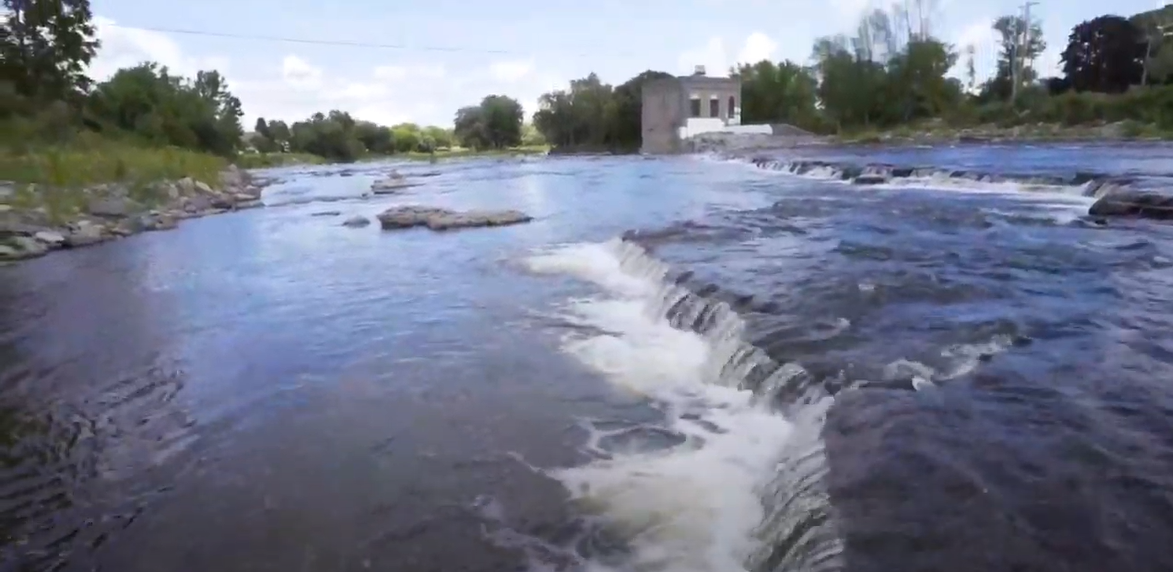
(Photo by David Ruck, Great Lakes Outreach Media)
TD: Dam removal as a restoration is something that is gaining a lot of momentum nationally, and it’s important that we evaluate these structures because every piece of infrastructure has a lifespan so we need to either plan for its eventual removal or we could be faced with a catastrophic event such as the one in Michigan. Across the nation we have a problem with dams, and in the state of New York there are more than 6,00 dams. There’s a lot of work to that needs to be done. But it’s important to know what’s at stake and what the risks are going in because these are very complicated projects, and a lot of things can go wrong so it’s important that you have the studies that are in place so you can make informed decisions about them.
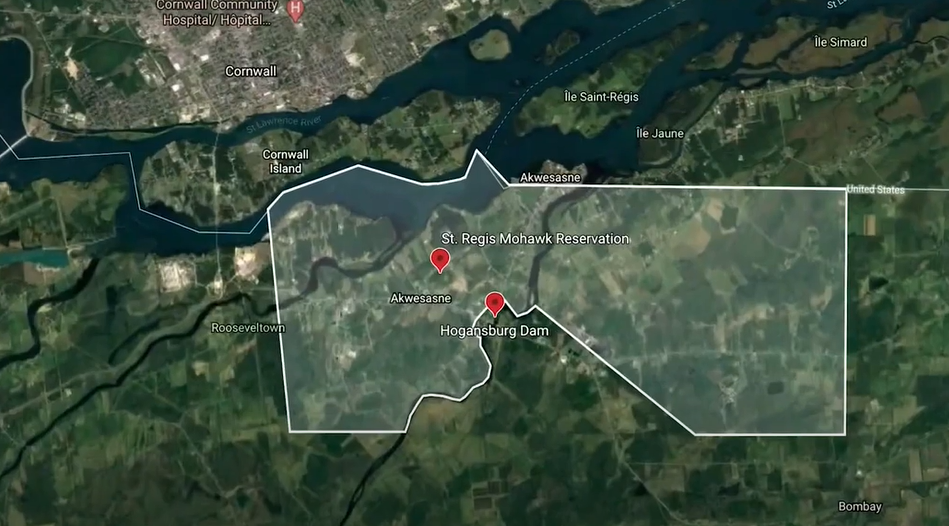
Watch the Great Lakes Now segment “Damming Decisions” about a dam removal project in northern Michigan:
API key not valid. Please pass a valid API key.Featured image: (Photo by David Ruck, Great Lakes Outreach Media)


